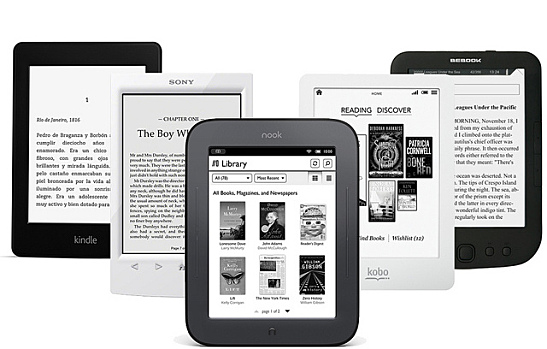Spritz has been three years in the making, but now the speed-reading app is ready to change the way people read. The app’s software development kit (SDK) began rolling out on April 1, opening up the chance for the app to soon have its chance at ubiquity. TechCrunch reports that 25,000 developers have already signed up for the kits. Website developers are receiving the SDK first, and iOS and Android SDKs will follow at a later date. The app promises that users will be able to read a novel in 90 minutes; while some are excited by the prospect, others warn that as reading rates increase, retention rates decrease.
How the App Works
Spritz is based on significant research and development in the speed-reading field, building on rapid serial visual presentation (RSVP) techniques developed in the 1970s. According to an earlier TechCrunch piece, the RSVP method of speed reading has shown to yield lower retention rates; however, the Spritz team claims to have reanalyzed the way people read and digest information. The app is specifically created with consumption on mobile devices in mind.
“Other than single word display, we are very different from anything else that’s been tried in the past, and we think people can see that immediately,” says co-founder and CEO Frank Waldman. “When we started researching Spritz, there were many other [speed-] reading techniques, but they either relied on conventional [static] text representation on a printed page, or they didn’t integrate well into the modern mobile landscape.”
Spritz streams words at a reading rate chosen by the user, positioning each word for optimal comprehension, which creates a reading environment in which a user’s eyes remain almost completely still. According to The Sydney Morning Herald, eye movement makes up around 80 percent of the effort of reading; in removing this element, the speed-reading app can dramatically increase readers’ ability to comprehend text at fast speeds. Waldman explains that in tests conducted by the start-up, most readers could comfortably progress to reading 600 words per minute, far above the average 250 words per minute that traditional reading yields.
App Has Far-Reaching Possibilities
While the speed-reading app may revolutionize the way people consume information, it also has far-reaching possibilities as technology moves towards smaller and more discreet screens, as with the Google Glass and the flurry of wearable technology that is making its way into the market. Waldman has high hopes for the app’s integration into all aspects of technology, from reading e-mails on a wristwatch to changing the way people use their e-readers.
“Our goal is ubiquity,” he says. “We want to make sure that everything that makes sense to Spritz can be Spritzed.” For those still mourning the figurative death of the paperback, Spritz appears set to become another nail in the coffin.
Would you consider using a speed-reading app?
Image courtesy of Flickr
[cf]skyword_tracking_tag[/cf]

